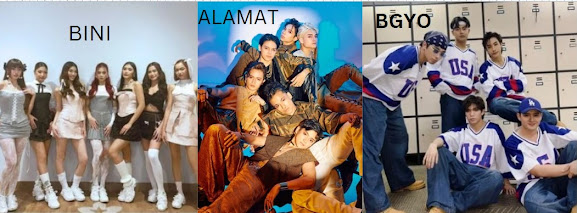Bullying is a pervasive issue that affects individuals of all ages, backgrounds, and environments. It involves repeated aggressive behavior with the intent to hurt another person, physically, emotionally, or mentally. Bullying can take many forms, including verbal harassment, physical assault, and online or cyberbullying.
The Many Faces of Bullying
Verbal Bullying:
This includes name-calling, insults, teasing, intimidation, homophobic or racist remarks, and verbal abuse. It can be as damaging as physical violence, especially when it targets an individual's identity or self-esteem.
Physical Bullying:
This form of bullying involves physical aggression such as hitting, kicking, pinching, punching, or damaging property. It can lead to both short-term and long-term physical injuries.
Social Bullying:
Often known as relational bullying, it involves hurting someone's reputation or relationships. This includes spreading rumors, encouraging others to exclude someone, and other tactics aimed at socially isolating the victim.
Cyberbullying:
With the rise of digital platforms, bullying has moved online. Cyberbullying includes sending, posting, or sharing negative, harmful, false, or mean content about someone else. It can create deep emotional scars since the content can be shared widely and quickly.
The Impact of Bullying
The effects of bullying extend beyond the immediate harm. Victims may experience mental health issues such as depression, anxiety, and in severe cases, suicidal thoughts. The stress of being bullied can affect an individual's ability to learn, work, and interact with others.
Bullies themselves may also suffer repercussions. They are at risk of engaging in violent and other risky behaviors into adulthood. They may struggle with relationships and could face legal problems if their actions are deemed criminal.
Prevention and Intervention
Preventing bullying requires a collective effort. Schools, workplaces, and online platforms need to have clear policies and procedures to address bullying. Education about bullying and its effects is crucial, as is fostering an environment of respect and kindness.
Intervention strategies include:
• Creating Environment:
Establishing clear rules and consequences for bullying behavior.
• Encouraging Open Communication:
Victims should feel safe to report bullying without fear of retaliation.
• Support Systems:
Counseling and support for both victims and bullies can help address the underlying issues.
• Community Involvement:
Parents, teachers, and peers play a critical role in recognizing signs of bullying and intervening appropriately.
Philippines' Stance Against Bullying:
Legal Framework
The Philippines has taken a firm stance against bullying, particularly in schools, through the enactment of Republic Act No. 10627, Anti-Bullying Act of 2013. h This law requires all elementary and secondary schools to adopt policies to prevent and address acts of bullying within their institutions.
Key Provisions of the Anti-Bullying Act
> Definition of Bullying: The Act defines bullying as any severe or repeated use of written, verbal, or electronic expression, or a physical act or gesture, or any combination thereof, directed at another student that causes fear of physical or emotional harm, creates a hostile environment, infringes on rights, or disrupts school operations.
> Scope of the Act: It covers bullying on school grounds, during school-sponsored activities, at school bus stops, on school buses or other vehicles owned by the school, and through the use of technology or electronic devices owned by the school.
> Policy Requirements: Schools must adopt policies that include provisions to prohibit bullying and retaliation against individuals who report bullying or provide information during an investigation.
Addressing Bullying Beyond Schools
While the Anti-Bullying Act of 2013 primarily focuses on educational institutions, it sets a precedent for addressing bullying in other contexts, including the workplace. Although there is no specific law that exclusively addresses workplace bullying, several laws provide protection against such behavior, including the Labor Code of the Philippines, the Anti-Sexual Harassment Act of 1995 Republic Act No. 7877, and the Safe Spaces Act Republic Act No. 11313.
Legal Recourse for Victims
Victims of bullying have the right to seek legal recourse and obtain protection from the courts. Individuals who engage in bullying or unjust vexation may face criminal charges or other legal consequences.
This legal framework demonstrates the Philippines' commitment to creating a safe and bully-free environment.
Conclusion
Bullying is not a rite of passage; it is a serious issue that requires our attention and action. By understanding the different forms of bullying and its impact, we can work towards creating safer and more inclusive environments for everyone.
By incorporating this information into the blog, readers can be informed about the measures in place to protect individuals from bullying and the legal support available to victims.








